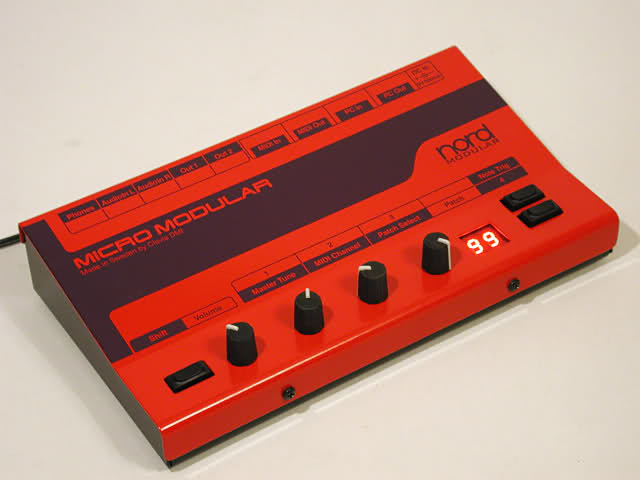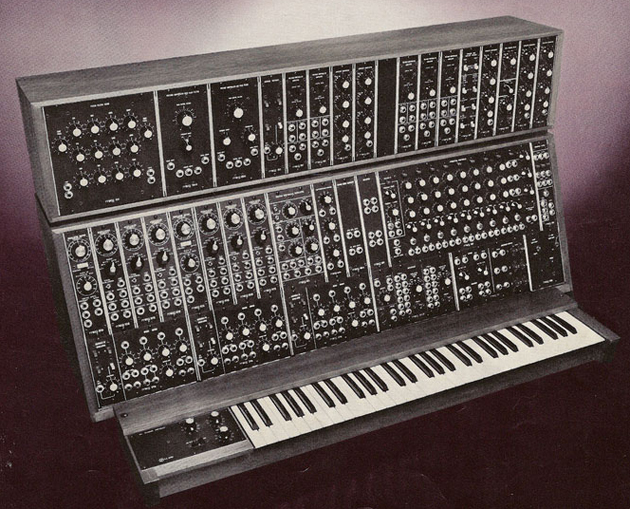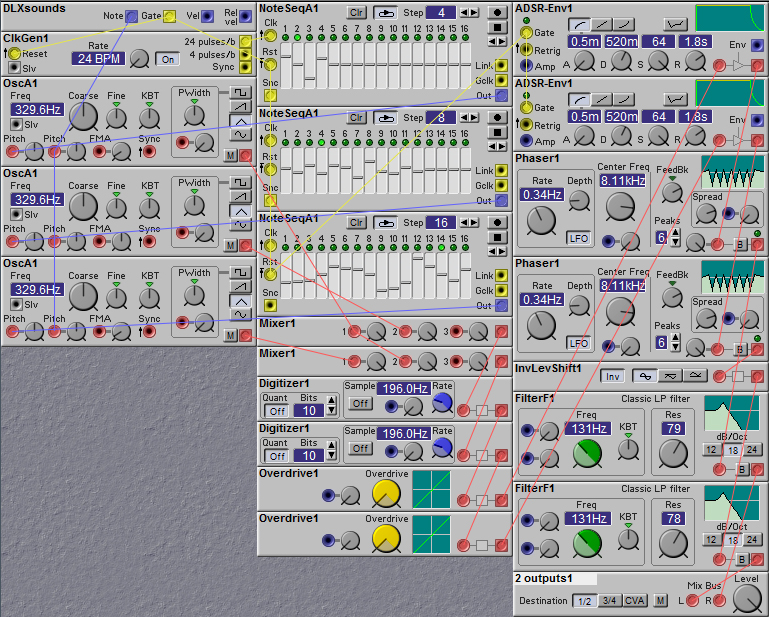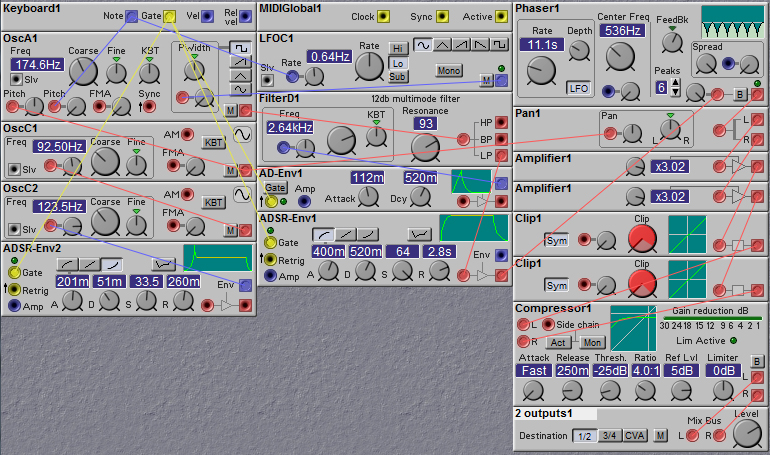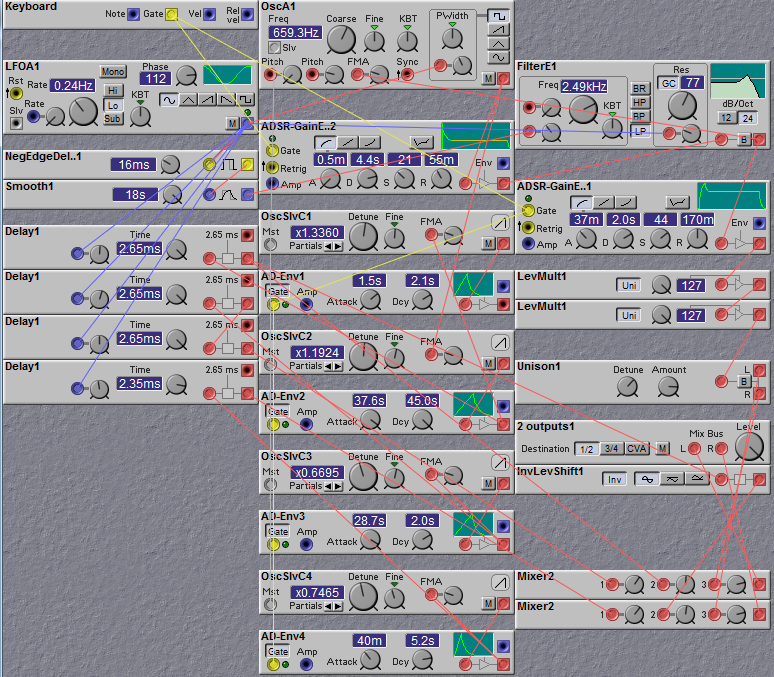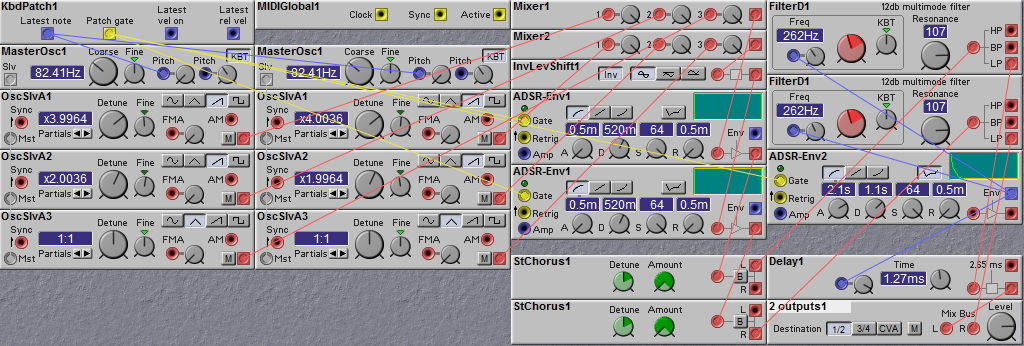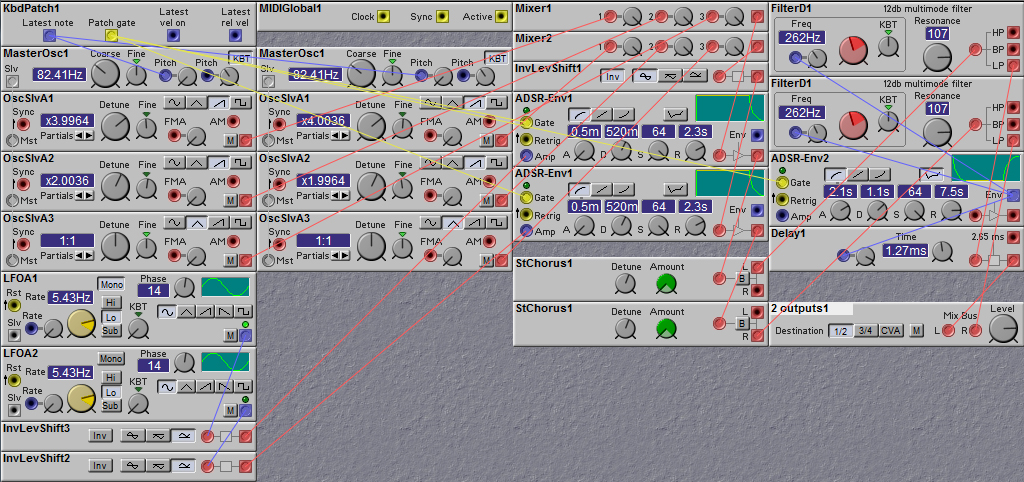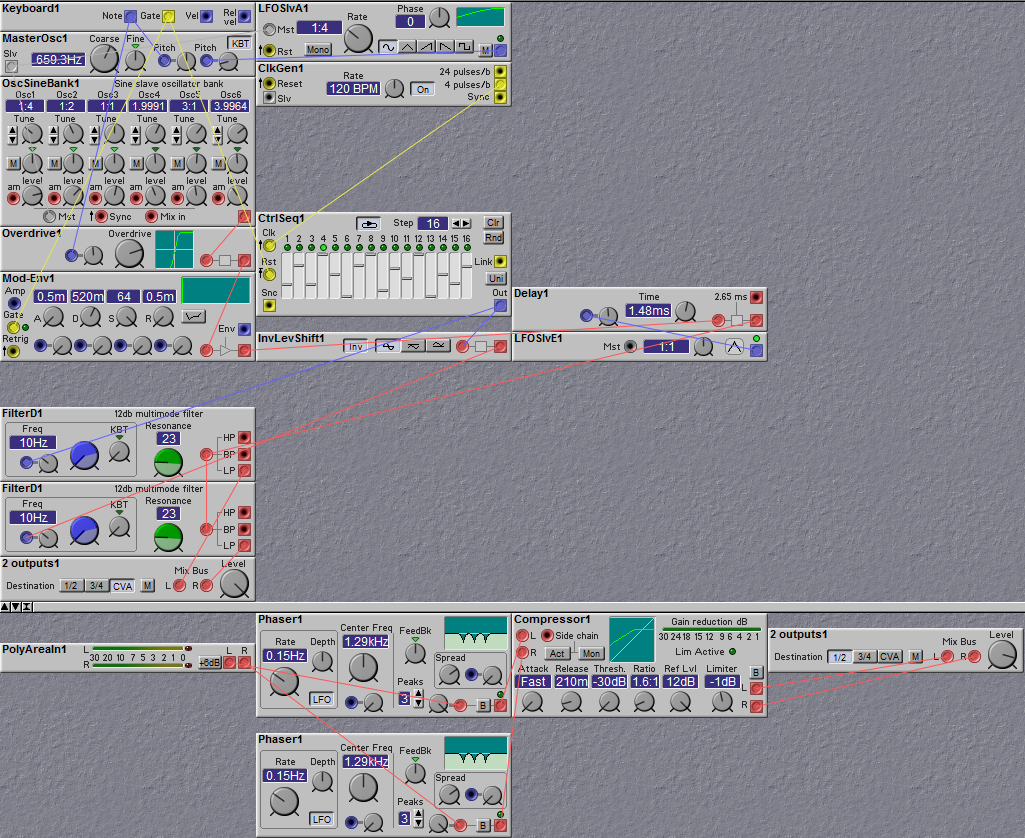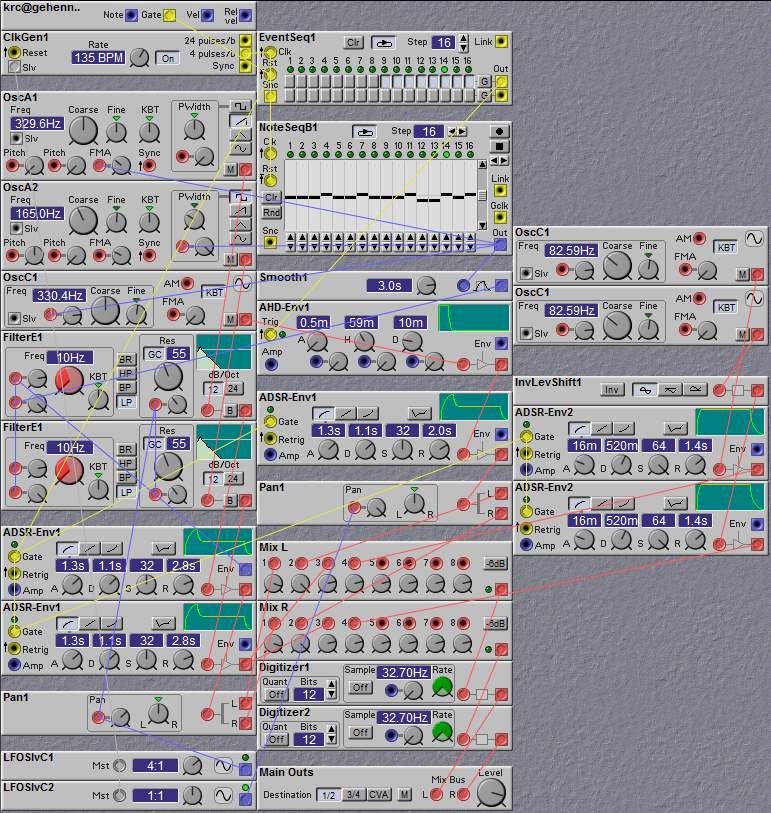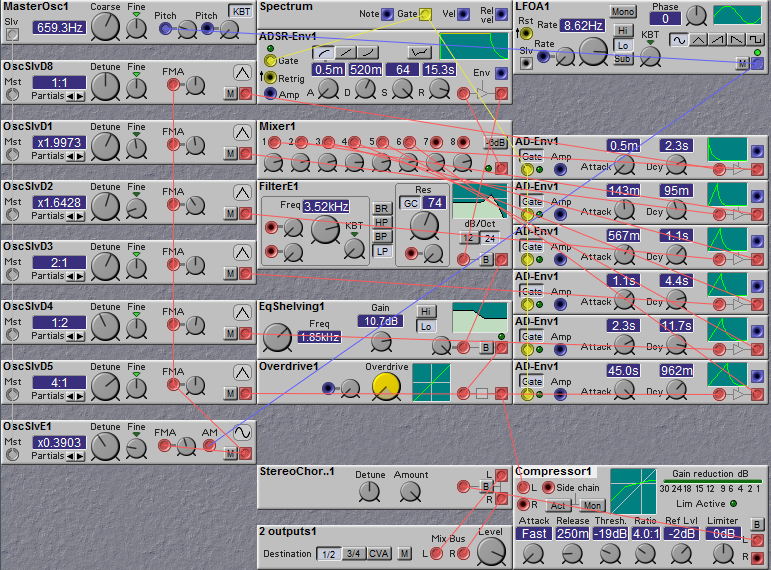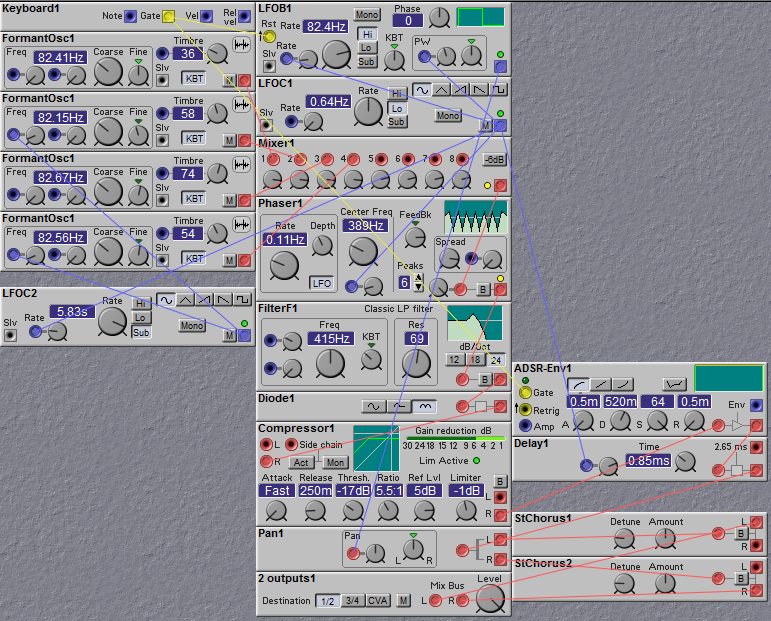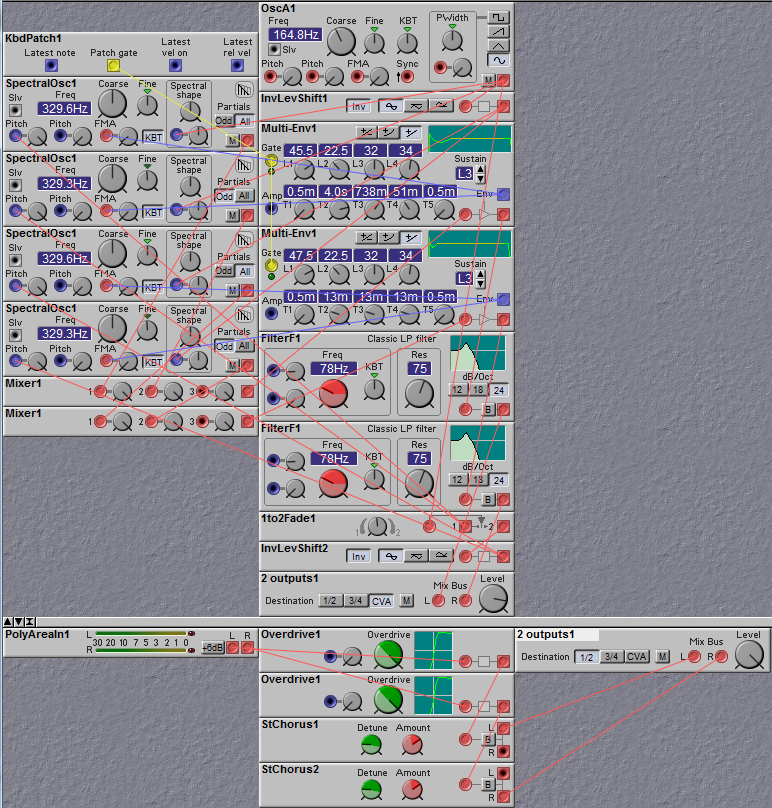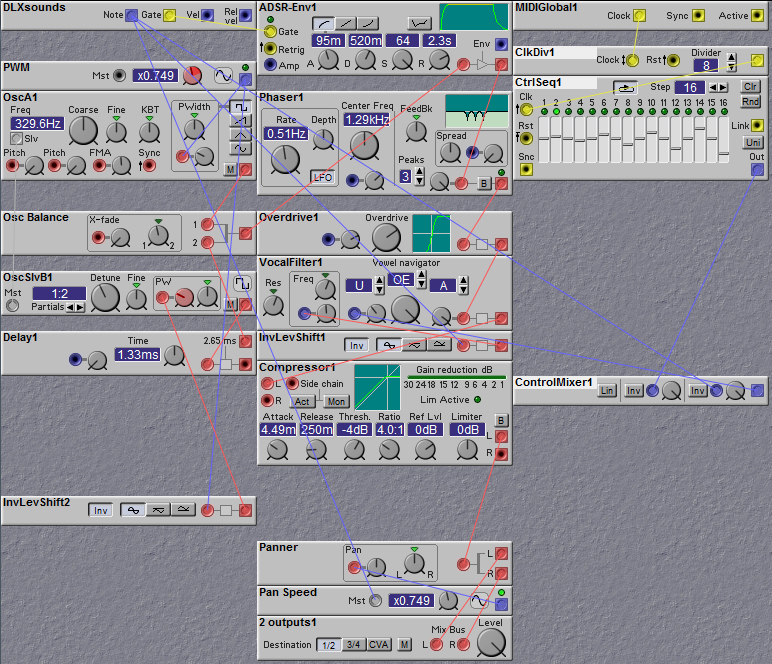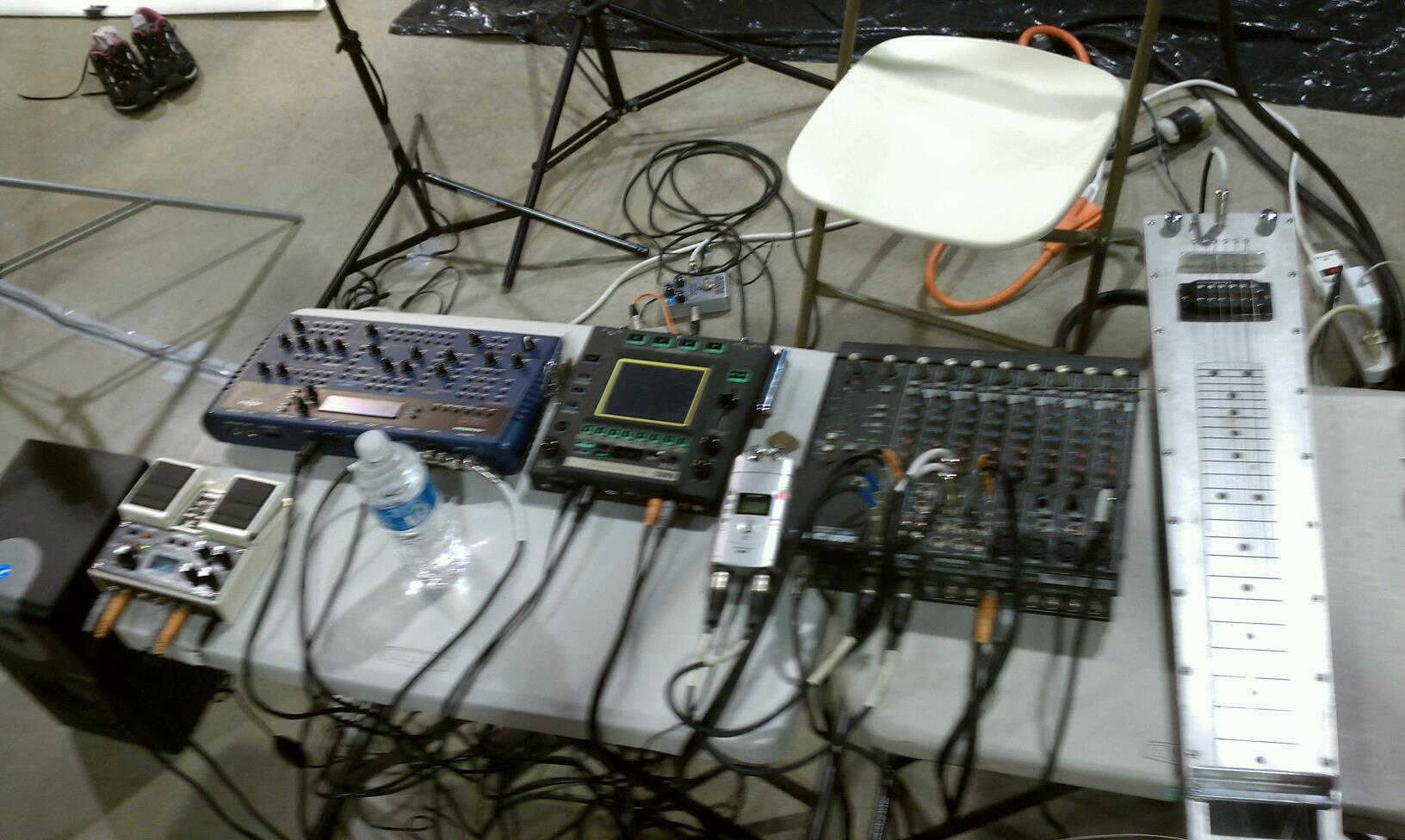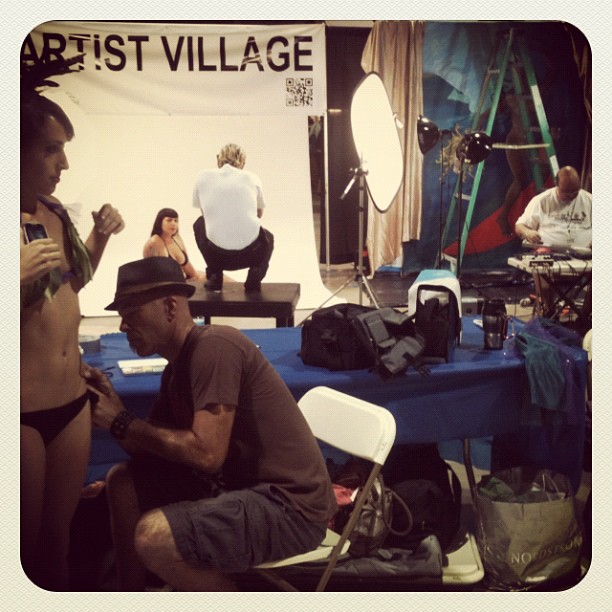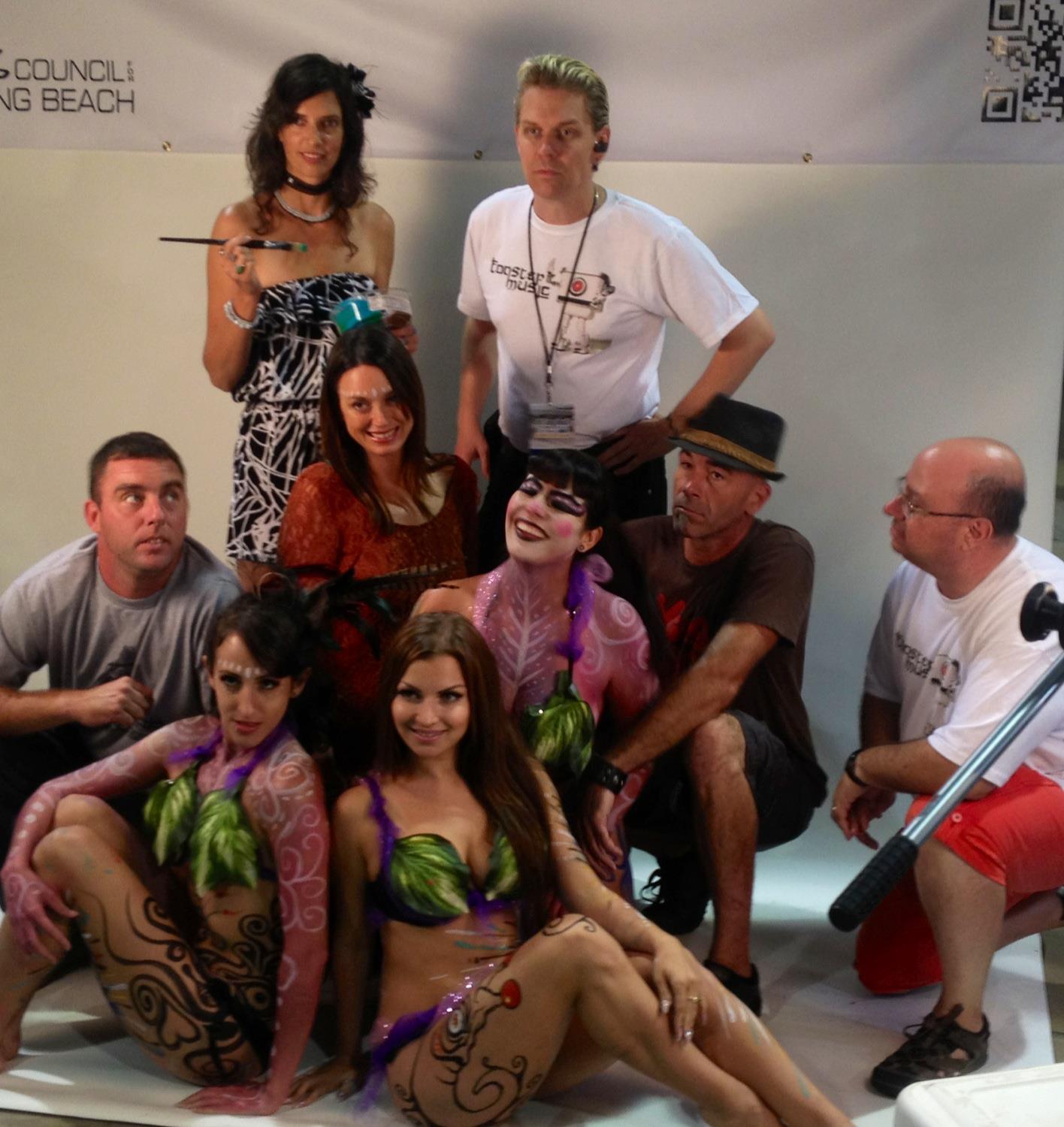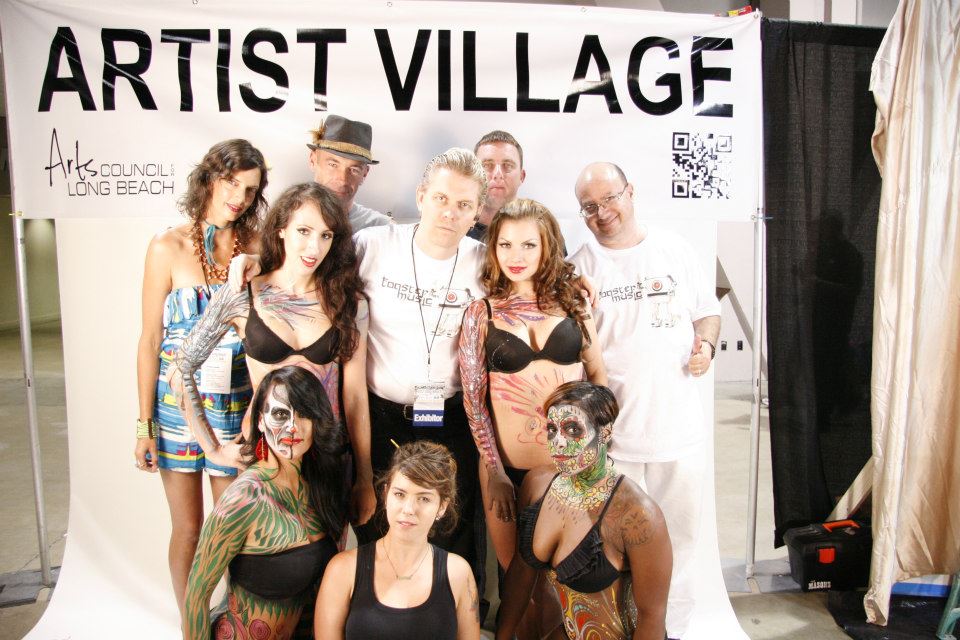Thanks to some online music groups, I discovered an annual effort where musicians record 10 to 15 songs during the month of February, with the intention of releasing them as an ‘album.’ After some careful thought in January, I decided to join in, but with a slightly modified vision. I decided to compose and record 1 new original music track every day. Before I started I knew that I’d work ‘inside the box.’ Everything would be created in Cubase (on my PC) or in Korg Gadget (iPad)Â using software synthesizers and mostly original sounds.
There was another challenge that is reflected in some of the tracks. It is the ‘A Synth – A Song’ challenge, where all parts in a track are created using just one synth. The idea, of course, is to push the capabilities of the synth AND one’s own programming skills to create something interesting.
Some of these are completely realized recordings, and others are sketches. Overall, I’m fairly happy with what I created. I didn’t end up meeting my challenge. I really only recorded 26 tracks. Also, I’m still working on one that I started in toward the end of the challenge. That will be a full fledged song, played with some ‘real’ instruments, and will have me singing.
Below, you will find a player that has all 26 tracks (and one alternate version) in alphabetical order. Below that, you’ll find individual players for each track. Also, you can download a playlist of all the tracks. It should open in your favorite music player.
You can also view the site where the challenge originated.
Three To Win
Produced in Cubase using a variety of virtual synths.
Countdown
Produced in Cubase, this track has an ever shifting time signature, which gives it a floaty sort of feel. All of the synth patches were created by me, using a variety of inbuilt and free VST instruments.
In Seine Rapids
Here’s a tune to dance to as you skip and stroll along the river Seine. Watch your step, though, as it is in 7/8.
Walking in Central Park
This is a simple song that evokes a feeling of nostalgia… Created using one Steinberg VST, HAlion, in Cubase.
A Non-Gender Specific Object Being Consumed by Fire
Another track created in Cubase, using just
one synth: the free Eclipsis VST.
Lullabye
Music to make sleeping children dream of ghostly apparitions. This track was created entirely on the iPad, using Korg Gadget.
Circular Thinking
Produced in Cubase using just
one synth, the free VST, Eclipsis.
A Broken Vessel
Produced entirely in Cubase, using just
one synth, the free VST, Matrix 6000.
Double Jointed
Here’s a dance number for people with two left feet.
Changmai Escape
Produced entirely on iPad, using just
one synth: Korg Gadget’s Changmai.
Sweeping The Steppes
This is a recording of a live looping performance on the iPad using just
one synth, Wolfgang Palm’s amazing Wavemapper inside Michael Tyson’s AudioBus3 and using his LoopyHD for Frippertronics style looping. All sounds were created by me in Wavemapper, using samples that I recorded. No editing or effects were added after the fact.
The Empty Mirror
This song was produced on the iPad, using Korg Gadget, and inspired the following lyrics:
“The empty mirror reflects a sadness I cannot see. It politely refuses to let me be.
It asks me to look but nothing is there. It’s hidden the last of me.”
Dust Devils
An imagined landscape of reds and browns, with swirling winds and plucked strings.
Love Is (For Shari)
This is an allegorical piece, telling the story of how love brought me out of chaos and into peace and joy. It was composed on Valentine’s Day, for my beloved wife, life partner, and friend. It was produced entirely on the iPad using Korg Gadget.
Above The Kermadec Trench
As one moves lower, into the deep, the last glimmers of light from the surface begin to fade, and darkness becomes blinding.
Discadance
This is a musical thought experiment using a systems-based composition technique. No effects, other than reverb on the master mix, were used. No dynamics were manipulated. This track was created using Cubase, and
one synth, am early virtual analog synths made by Steinberg. Best heard on speakers.
Baracha Nada
This one is is kinda groovy in a vaguely latin way, when the band has had one too many to drink, perhaps.
Point Fermin Fog
A spin-off of the systems-based approach of Discadance, with a much more relaxed, languid feel and a bit more variety in the tones.
It inspired a brief poem:
The horn howls like Ginsberg,
cold as the light-knife cuts through
the darkness.
A cloud blanket softens the night,
dampens the forgotten spirits
that haunt Angel’s Gate,
forever waiting for imagined
invaders.
I ache for that softness,
breathe it in,
but the edge remains.
Sistema Sac Actun
This is a recording of a live performance, made entirely on the iPad, using Korg Module and Loopy HD running in Audiobus 3.
The Flemish Cap
The Flemish Cap is an underwater ocean area East of the Grand Banks of Newfoundland. It is best known because of the collapse of previously abundant sea life due to over-fishing by EU member states in the 1990s.
Kaddish A Requiem for Humanity
The creation of this track proved to be surprising. A friend was discussing the value of watching the footage of the evacuation and rescue that took place in Florida after the recent shooting. I found myself responding rather passionately and, immediately after, recording tonight’s track. Here’s what I wrote.
When I was 12, my Hebrew School showed all of the students at least three big reels of 16mm Nazi death camp footage. Most of it was filmed by the Nazis before the liberation. It had no sound. It was just silent b/w moving images of horrors that, as a child, I could not previously imagine.
There’s a part of me that feels injured by that experience. There’s another part of me that cherishes it. I think we can too easily look away from the horrors of the world and, in doing so, believe that we are disconnected from them.
As we know, though, safety is an illusion. We know that none of us are immune from the pain and suffering that others feel. We are not separate from each other. Your pain is my pain, and we need to see the truth so we can understand the problem and work together toward a new paradigm.
Gun control is one small part of the problem. We’ve allowed ourselves to isolate the others, those who make us uncomfortable, when we should be reaching out to them and bringing them closer. We have a systemic cultural problem, and there is no easy fix for it.
BTW, ‘Kaddish’ is the Jewish prayer of remembrance for the dead.
Translation:
May His great name be exalted and sanctified in the world which He created according to His will! May He establish His kingdom and may His salvation blossom and His anointed be near during your lifetime and during your days and during the lifetimes of all the House of Israel, speedily and very soon! And say, Amen. May His great name be blessed for ever, and to all eternity! Blessed and praised, glorified and exalted, extolled and honored, adored and lauded be the name of the Holy One, blessed be He, above and beyond all the blessings, hymns, praises and consolations that are uttered in the world! And say, Amen.
The Great Wall
This piece was created in Cubase using
one synth, the free VST, Sonigen Modular.
Lyrics:
What’s so great about a wall?
What is their beef, those Mongol hoards?
With beards and swards
Sweeping the steppes
With dissonant chords.
Why do they install
This monumental wall?
Strong fences make good neighbors
but the hooves and neighs of foaming steeds
bear no quarter but those hung and drawn.
These effortless sketches stretch South and West,
but I’ve forgotten all the rest.
Bang Header
This tune is really just an excuse for a tune, rather formulaic and sad, except that I like it, kinda. It was fun creating the beat, and I quite like some of the patches. Some are stock and others more custom.
Lyrics:
Head your bang, your bang diddy bang bang.
Head your thang, your thang diddy thang thang.
Frederated
Here’s another fun odd time signature for all the counters out there. Also, this track used just one synth for all of the sounds, the free VST Sonigen Modular. The track was created in Cubase. The title refers to one of my favorite musicians.
Whitney Winds
This is a recording of a Frippertronics-style live looping iPad performance using an app called Yonac Steel Guitar.
Disco Fever
Dance, everybody! Everybody dance!
Worthy
A song about the struggle to embrace love. Recorded in Cubase with virtual drums and organ, real guitar courtesy of the Sandblaster, the Industrial Guitars Indy Rail lap steel, and my Japanese Fender Fretless Jazz bass with custom humbucking Seymour Duncan pickups and Aguilar preamp.
Lyrics:
Worthy
by Sander Roscoe Wolff
I’m not too bad. I’m not too good.
I’ve not done all the things I should.
This road is rocky. I stumble and fall.
I can’t get up, so I just crawl.
The darkness calls. It knows my name.
My forgotten goodness is hidden by shame.
I look to the depths and decide to go.
But you tell me one thing that I did not know.
You say, “You’re worthy. Worthy of my love.”
You say, “You’re worthy. Worthy of my love.”
Your words, they shake me. I start to cry.
I feel unready to live or die.
I turn to leave but I’m caught by surprise.
I see the truth in your blue eyes.
I said, “I’m worthy. Worthy of your love.”
I said, “I’m worthy. Worthy of your love.”
Some days are dark, and some are sad.
Now, through it all, my heart is glad.
Some days are dark, and some are sad.
Now through it all, my heart is glad.
I said, “I’m worthy. Worthy of my love.”
I said, “I’m worthy. Worthy of my love.”
Walking in Central Park (One Synth)
– This track uses the same note information as the original, but is realized entirely with
one synth, Arturia’s Moog Modular VST in Cubase. Some of the sounds are stock patches, some were tweaked, and some completely original.
